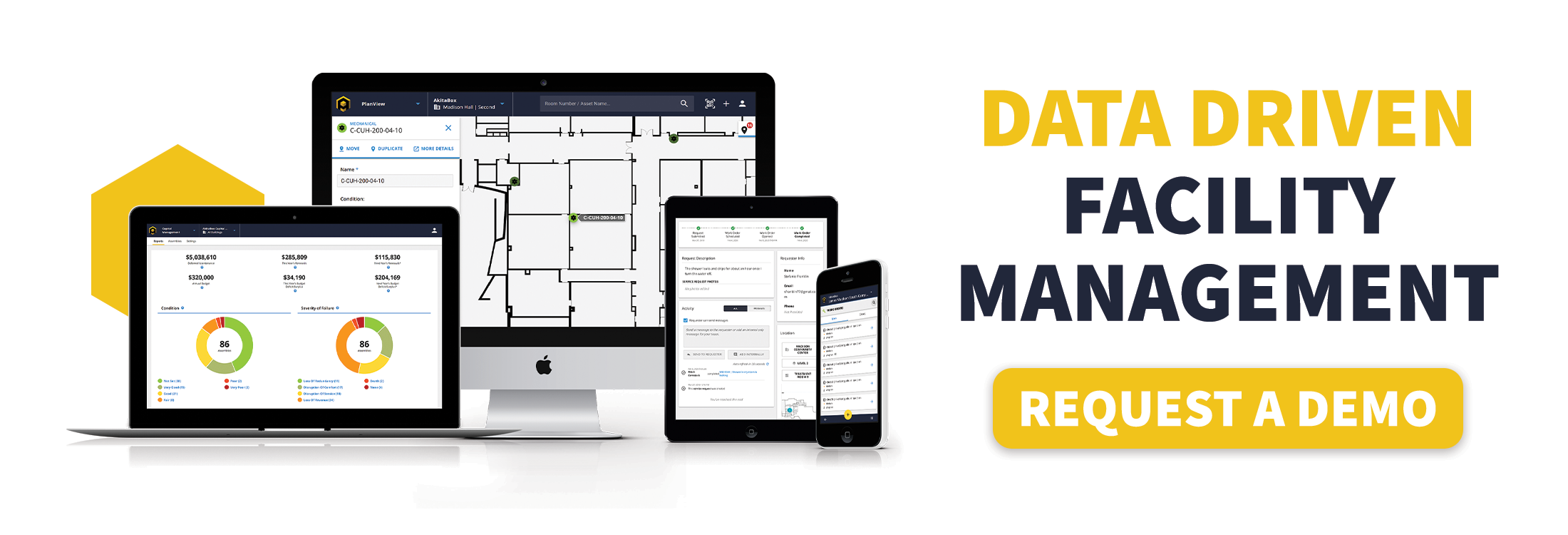Your Legacy Asset Assessment System is the Tech Equivalent of Dial-up Internet
The hidden and not-so-hidden costs of clinging to old systems
You’ve invested years in your current facility assessment system. Your team knows it inside and out. The workflows are established. The spreadsheets have formulas and work-arounds that are working for you. It’s comfortable—like that old truck you can’t bring yourself to replace.
But deep down, you know the truth: your legacy system is holding you back.
Providers of facility assessment services face increasing pressure to deliver more value, faster insights, and better data to clients. Still, we often hear the same hesitations when assessment firms consider upgrading their technology: “We’ve invested too much already.” “Our processes are built around our current system.” “What if we can’t get our data back?”
These concerns are valid. Change is hard. But sometimes, holding on costs more than letting go. Let’s examine these objections and explore why modernization might be worth considering.
The Sunk Cost Fallacy: When Investment Becomes a Burden
“We’ve put too much time and money into our current system to abandon it now.”
This is classic sunk cost fallacy thinking. Past investments shouldn’t dictate future decisions if they’re no longer serving you well.
The real question isn’t how much you’ve already invested—it’s how much you’re continuing to lose by not making a change.
The real question isn’t how much you’ve already invested—it’s how much you’re continuing to lose by not making a change.
Modern assessment software reduces data collection time while your legacy system adds costs through maintenance and workarounds. Assessment providers who upgrade consistently report better efficiency, data quality, and client value.
Fear of Process Disruption: The Integration Anxiety
“Our downstream processes are connected to our current system. Changing would disrupt everything.”
Modern facility assessment platforms typically offer:
- Central repositories for all facility documents, eliminating scattered information
- Customizable data fields that allow you to track exactly what matters to your organization
- Transition support with dedicated implementation specialists who set up programs tailored to your needs
Modern solutions minimize disruption with central document repositories, customizable fields, and dedicated implementation support. Rather than disrupting workflows, they streamline them by aggregating information and making it more accessible.
The Pride Factor: When Systems Become Personal
“But Jim built this system from scratch. He’ll never agree to replace it.”
One of the most challenging barriers to upgrading assessment technology is the personal investment people have in existing systems. Whether you’re the one who designed the solution or you’re working with the person who created or approved it, these systems often represent more than just tools—they’re achievements and sources of professional pride.
For creators: evolving beyond your creation shows growth, not failure. Your expertise becomes more valuable with modern tools.
For those working with creators: acknowledge their contribution while focusing on business outcomes. Frame it as building on their foundation rather than replacing their work.
Data Hostage Fears: The Lock-In Concern
“If we put our data in a new system, we’ll be trapped. What if we want to leave later?”
Modern platforms create standardized data that’s more portable than what exists in legacy systems. They offer customizable fields and exportable asset inventories. In fact, they often help rescue data from older, more restrictive systems, making information more accessible than before.
The Hidden Costs of Holding On
Legacy assessment systems create several ongoing problems:
- Security Vulnerabilities: Outdated systems lack modern security protections
- Missed Growth: Limited ability to take on new clients or offer expanded services
- Competitive Disadvantage: While you struggle with spreadsheets, competitors deliver faster, more accurate, and more interactive assessments
- Employee Frustration: Clunky interfaces and manual processes hurt morale and productivity
A Practical Path to a Modern Software Transition
- Request demonstrations to see how modern software transforms assessment processes
- Start with a pilot project on a smaller facility before full rollout
- Involve your team early for essential buy-in
- Use implementation support for floor plans, asset location, and data capture
- Plan a phased transition to minimize disruption
The Bottom Line
The most successful assessment providers recognize when it’s time to evolve. Your legacy system served its purpose, but today’s competitive landscape demands tools that transform data into actionable insights.
Modern assessment software doesn’t just replace your old system—it elevates your entire approach, delivering more value to clients while streamlining your processes.
Is it time to reconsider the limitations of your legacy system?




